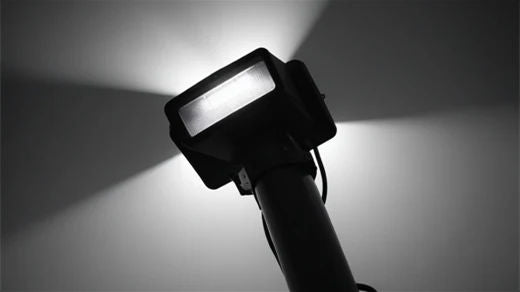Choosing the right lumen for hexagon lights is crucial for achieving optimal lighting in any space. Hexagon lights are popular for their unique design and versatility, but their effectiveness depends on selecting the correct brightness. Using the appropriate lumens ensures that hexagon lights provide sufficient illumination without being too harsh or too dim. This balance is essential for creating a comfortable and functional environment. Inadequate lighting can strain the eyes and reduce visibility, while excessive brightness can cause glare and discomfort. Therefore, understanding the lumen requirements for hexagon lights based on the room size and purpose helps maximize their benefits, enhancing both aesthetics and practicality.
The number of lumens you need for hexagon lights depends on the specific use case and the desired level of brightness. Here are some general guidelines to help you determine the appropriate lumen count:
- Purpose of Lighting
- Ambient Lighting: Used to create a general illumination or mood lighting. Ideal for living rooms, bedrooms, and lounges.
- Task Lighting: Provides focused light for activities like reading, cooking, or working. Suitable for kitchens, home offices, or study areas.
- Accent Lighting: Highlights specific features or objects in a room, such as artwork or architectural details.
- Lumens Based on Room Size and Purpose
Ambient Lighting
For a soft, ambient glow:
- Small Room (e.g., bedroom, 100-150 sq ft):
Total lumens: 2000-4500 lumens
Per light (if using 5 hexagon lights): 400-900 lumens per light
- Medium Room (e.g., living room, 200-300 sq ft):
Total lumens: 4000-9000 lumens
Per light (if using 10 hexagon lights): 400-900 lumens per light
- Large Room (e.g., large living area, 400+ sq ft):
Total lumens: 8000-12000 lumens
Per light (if using 15 hexagon lights): 533-800 lumens per light
Task Lighting
For focused and brighter lighting:
- Kitchen or Work Area (50-100 sq ft):
Total lumens: 5000-7000 lumens
Per light (if using 5 hexagon lights): 1000-1400 lumens per light
General Room Lighting
For overall illumination:
- Small Room (e.g., bedroom, 100 sq ft):
Total lumens: 2000-3000 lumens
Per light (if using 4 hexagon lights): 500-750 lumens per light
- Medium Room (e.g., living room, 200 sq ft):
Total lumens: 4000-6000 lumens
Per light (if using 8 hexagon lights): 500-750 lumens per light
- Large Room (e.g., large living area, 400 sq ft):
Total lumens: 8000-12000 lumens
Per light (if using 12 hexagon lights): 667-1000 lumens per light

- Calculating Lumens
To calculate the total lumens needed:
- Measure the Room: Determine the square footage of the area to be illuminated.
- Choose Lumens per Square Foot:
- Ambient Lighting: 20-30 lumens per square foot
- Task Lighting: 50-70 lumens per square foot
- General Lighting: 20-30 lumens per square foot
- Total Lumens Calculation:
- Example: For a 10x10 foot room (100 square feet) needing general lighting:
- Total lumens needed = 100 sq ft x 20-30 lumens/sq ft = 2000-3000 lumens
- Divide by Number of Lights:
- If you plan to use 6 hexagon lights:
- 2000-3000 lumens / 6 lights = 333-500 lumens per light
- Other Factors to Consider
- Color Temperature:
Warm White (2700K-3000K): Creates a cozy, relaxing atmosphere.
Cool White (3500K-4100K): Energizing and suitable for task lighting.
Daylight (5000K-6500K): Mimics natural daylight, good for workspaces.
- Dimming Options:
Dimmable lights allow flexibility in brightness, useful for multi-purpose rooms.
- Light Distribution:
Hexagon lights can be arranged in various patterns to enhance the aesthetic appeal and improve light distribution.
- Energy Efficiency:
LED hexagon lights are more energy-efficient compared to traditional lighting options, providing higher lumens per watt.
Summary
By considering the room size, lighting purpose, and desired ambiance, you can calculate the appropriate lumens needed per hexagon light. Ensure you account for the total lumens required and divide this by the number of hexagon lights you plan to install to achieve optimal brightness and energy efficiency.


































Leave a comment
This site is protected by hCaptcha and the hCaptcha Privacy Policy and Terms of Service apply.